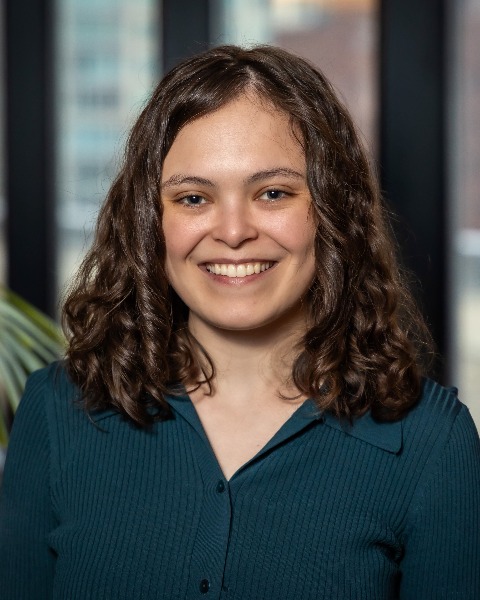Education
Diversity in Neurosurgery: Neurosurgical Faculty Opinions on Youth Outreach

Rya Muller, BA
Medical Student
Northwestern University Feinberg School of Medicine
Chicago, IL, US
Presenting Author(s)
Introduction: There is a lack of diversity within neurosurgery; 12%, 4%, and 5% of neurosurgeons identify as female, black, and Latinx respectively. Diverse teams are associated with improved patient outcomes. In medicine, youth outreach programs have been effective in creating pipelines for underrepresented minority (URM) students. However, barriers exist to neurosurgical faculty involvement in youth outreach. In this study, we characterize neurosurgical faculty opinions on youth outreach to understand barriers to faculty engagement.
Methods: A survey was distributed to members of the Illinois State Neurosurgical Society (ISNS), comprised of attending neurosurgeons practicing in Illinois. The survey included five Likert-style questions (1=strongly disagree, 5=strongly agree) to measure physician attitudes towards and involvement in youth outreach. Demographic data was collected.
Results: Nineteen individuals completed the survey; 89% (N=17) identified as male, 74% (N=14) identified as White, and 89% (N=17) identified as non-Hispanic. Fifty-three percent of participants were ≥41 years of age. Most participants disagreed with the statement “the lack of diversity in neurosurgery affects patient outcomes.” However, most participants indicated that the field of neurosurgery is supportive of physician engagement in youth outreach, and that they had engaged in youth outreach within the last five years.
Conclusion : Neurosurgical faculty in Illinois understand that youth outreach can improve diversity in the field; however, few are knowledgeable about the effect of diversity. Survey results suggest faculty participate in and are supported by their departments in youth outreach efforts.
Methods: A survey was distributed to members of the Illinois State Neurosurgical Society (ISNS), comprised of attending neurosurgeons practicing in Illinois. The survey included five Likert-style questions (1=strongly disagree, 5=strongly agree) to measure physician attitudes towards and involvement in youth outreach. Demographic data was collected.
Results: Nineteen individuals completed the survey; 89% (N=17) identified as male, 74% (N=14) identified as White, and 89% (N=17) identified as non-Hispanic. Fifty-three percent of participants were ≥41 years of age. Most participants disagreed with the statement “the lack of diversity in neurosurgery affects patient outcomes.” However, most participants indicated that the field of neurosurgery is supportive of physician engagement in youth outreach, and that they had engaged in youth outreach within the last five years.
Conclusion : Neurosurgical faculty in Illinois understand that youth outreach can improve diversity in the field; however, few are knowledgeable about the effect of diversity. Survey results suggest faculty participate in and are supported by their departments in youth outreach efforts.

.jpg)